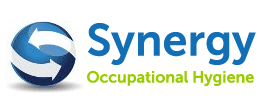Helping you understand your COSHH Risk Assessment
Inform workers about COSHH Risk Assessments: Protecting People from Harmful Substances at Work
Almost every workplace uses hazardous substances —whether it’s dust from wood cutting, cleaning chemicals, fumes from welding, or vapours from paints and solvents. These substances pose serious health risks if not properly controlled. That’s where the COSHH Risk Assessment comes in. It is a legal requirement in the UK and a key part of managing workplace health and safety.
COSHH stands for the Control of Substances Hazardous to Health Regulations 2002. These regulations require employers to identify hazardous substances, assess the risks they pose to health, and implement control measures to eliminate or reduce exposure. The COSHH risk assessment forms the foundation of this entire process.




